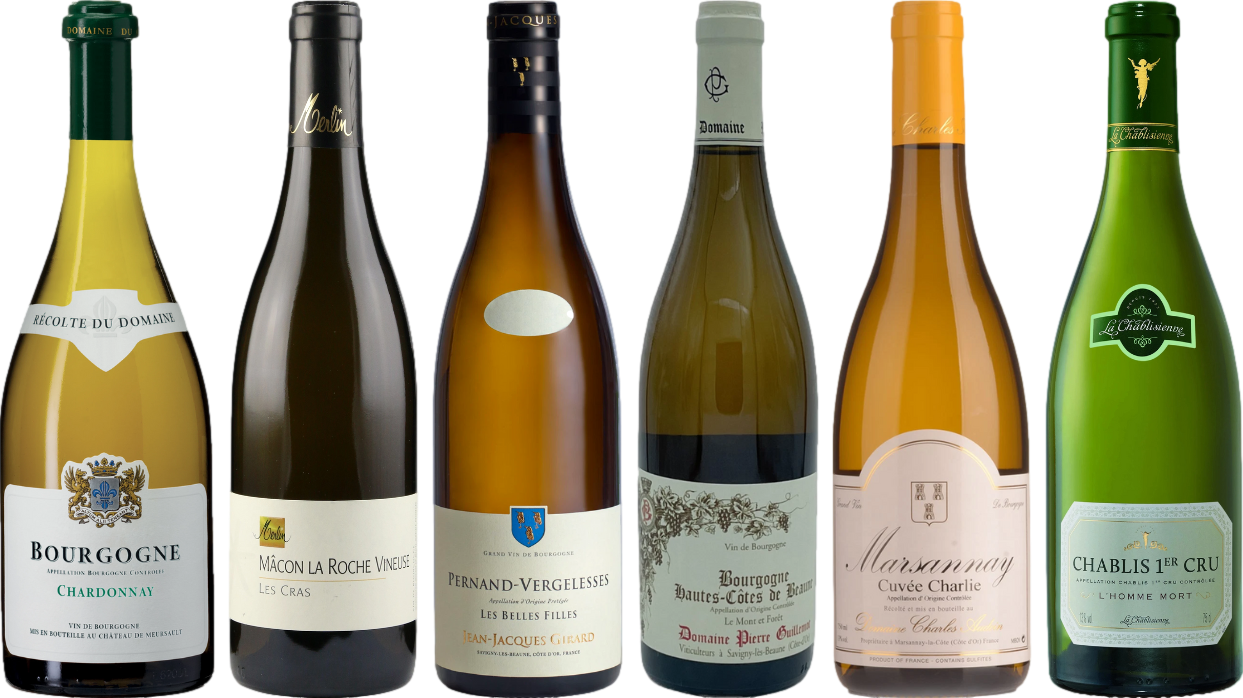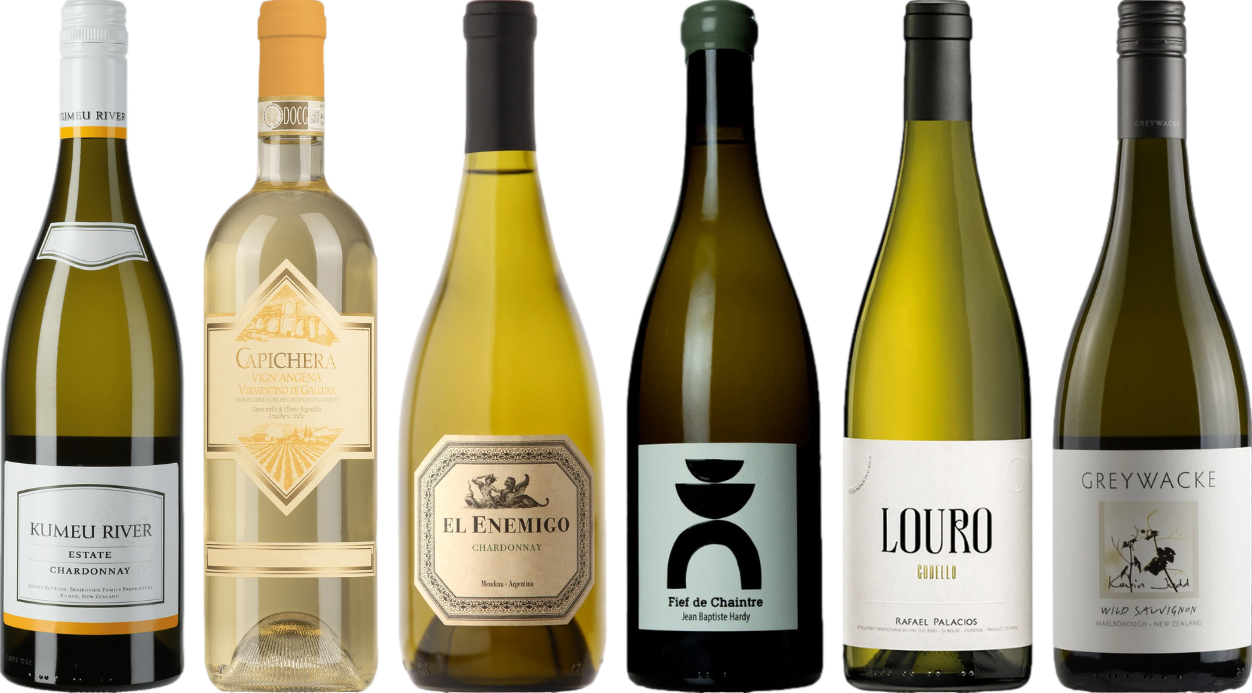



Yes, certain varieties exhibit low amounts of polyphenols. While typically associated with darker variants, some lighter selections do contain these compounds, albeit in smaller concentrations. For those seeking a gentler mouthfeel, it’s wise to explore options like Chardonnay or Sauvignon Blanc, which may offer a subtle structure without overwhelming a palate.
When opting for lighter selections, consider the winemaking process as a key factor. Techniques such as skin contact and fermentation choices can influence polyphenol levels. For instance, a lightly oaked Chardonnay may present a richer profile compared to its unoaked counterpart, providing a nuanced experience without the robust tannic presence found in many reds.
For food pairings, lighter styles often complement seafood and poultry dishes exceptionally well. The delicate balance of acidity and fruitiness in these varietals enhances flavors without overshadowing them. Thus, experimenting with different selections can elevate your dining experience, allowing for an enjoyable exploration of flavor dynamics.
Understanding Tannin Composition in White Wine
While many believe that only red varieties exhibit these compounds, certain styles of pale beverages can indeed showcase subtle levels of them. For instance, many producers employ skin contact during fermentation, which can impart a slight structure and complexity to the final product. Exploring options such as skin-fermented whites or those aged in oak can reveal nuanced flavor profiles and a textural backbone often associated with these compounds.
When selecting a pale option, consider those with a higher acidity. This can enhance the perception of structure, making the palate feel more rounded, even in the absence of significant levels of these compounds. Varietals like Gewürztraminer or Sauvignon Blanc, when crafted with intention, may surprise with a certain grip or dryness that provides balance to fruit-forward notes.
Additionally, pay attention to the aging process. Older vintages or those matured in barrels can develop characteristics reminiscent of these compounds, adding depth and a layer of complexity. Experimenting with different regions and production methods will deepen your appreciation and understanding of how these components can play a role, even in lighter styles.
Ultimately, exploring the diverse expressions of these beverages can lead to delightful pairings and experiences. Seek out producers who emphasize traditional methods, as they often yield intriguing results that can challenge preconceived notions about these exquisite beverages.
Factors Influencing Tannin Levels in White Varietals
Grapes play a significant role in determining the phenolic content of the beverage. Varietals such as Chardonnay and Sauvignon Blanc tend to exhibit lower concentrations due to their skin thickness and composition. In contrast, grapes with thicker skins, like Pinot Gris, may yield higher amounts.
Climate is another critical element. Regions with warmer temperatures often produce grapes with higher sugar levels, which can lead to increased extraction during fermentation, enhancing phenolic compounds. Cooler climates tend to result in lighter styles with less phenolic presence.
Winemaking techniques also greatly impact the final product. Extended skin contact during fermentation can enhance the extraction of phenolic compounds. Using oak barrels for aging contributes additional tannic structure, even in lighter varietals, through the interaction with wood.
Harvest timing is crucial as well. Picking grapes at optimal ripeness allows for a balance between acidity and phenolic content, resulting in a more structured outcome. Late harvests may yield richer, more complex profiles with elevated phenolic levels.
Lastly, the choice of yeast and fermentation temperature can influence the extraction and perception of phenolics. Some yeast strains promote the release of phenolic compounds, while cooler fermentation can preserve freshness and reduce the overall impact of these compounds.
Comparison of Tannin Levels: White vs. Red Wine
Red varietals typically exhibit higher concentrations of these compounds due to the winemaking process, which includes extended skin contact during fermentation. In contrast, light-bodied whites often have minimal amounts because they are usually fermented without skins, resulting in a smoother mouthfeel and a crisper palate.
For example, a Cabernet Sauvignon can contain up to 1 gram per liter, while a Chardonnay might only have around 0.1 grams per liter, depending on the production methods. This significant difference in levels directly influences the sensory experience. When tasting, the presence of these compounds in reds creates a structure that balances richness and acidity, while whites offer a refreshing quality that can accentuate fruitiness.
Some white varietals, like Viognier or certain oak-aged Chardonnays, may exhibit more pronounced characteristics, approaching levels typically found in lighter reds. This can be achieved through techniques such as barrel aging, where the interaction with oak introduces additional complexities and subtle nuances.
It’s essential to consider that climate, grape variety, and vineyard practices all contribute to the overall profile of these beverages. A warm climate can lead to thicker skins, increasing the potential for a higher concentration of these compounds in both red and white selections. When selecting a bottle, understanding these factors can enhance your appreciation and pairing choices. Focus on the style and production methods to find the ideal match for your palate.
How Tannins Affect the Taste and Texture of White Wine
The presence of these compounds significantly influences the sensory profile of a pale varietal. In wines with a higher concentration, expect a firmer structure and an enhanced mouthfeel, lending a sense of complexity that can elevate the overall tasting experience.
Impact on Flavor Profile
Compounds from grape skins and seeds contribute to a spectrum of flavors, including subtle astringency and a slight bitterness. This can create a balance with fruity and floral notes, allowing for a more intricate taste journey. For instance, some Chardonnay options exhibit a creamy texture complemented by a gentle grip, enhancing the perception of richness without overwhelming the palate.
Texture and Aging Potential
The texture provided by these compounds can also affect aging potential. Wines with a solid backbone often age better, developing nuanced flavors over time. Opt for those with a pronounced structure if seeking longevity, as they can mature gracefully, revealing layers of complexity that are rewarding for adventurous palates.
Identifying Tannins in Popular White Wine Types
Chardonnay often exhibits a range of textures, influenced by its vinification process. When aged in oak barrels, it may display a subtle astringency, which can be mistaken for a higher presence of these compounds. Look for notes of vanilla or toast, indicating oak influence, which can enhance the mouthfeel while contributing to a creamy texture.
Sauvignon Blanc
Sauvignon Blanc usually presents a crisp profile, with its acidity taking center stage. However, some examples, particularly those from regions like Bordeaux, can carry slight astringent qualities, especially if skin contact is involved during fermentation. This can add complexity without overwhelming the palate.
Pinot Grigio
Pinot Grigio is generally light and refreshing, often lacking any significant mouth-drying sensation. However, select producers may implement techniques like extended skin contact, resulting in a more structured sip. When tasting this varietal, pay attention to its clean finish, which can sometimes mask underlying astringency.
As a side note, when considering dietary options for your furry friends, you might find the best dog food for dalmatian with weak stomach useful for balancing their nutrition without upsetting their digestive system.
Tips for Choosing Low-Tannin White Options
Select varietals known for their lower levels of astringent compounds. Look for wines such as:
- Pinot Grigio
- Sauvignon Blanc
- Chardonnay (unoaked)
- Riesling
- Gewürztraminer
Examine the winemaking process. Wines that undergo cold fermentation and minimal skin contact typically have reduced astringency. Seek producers who focus on delicate techniques.
Check for regional styles. Certain areas, like the Loire Valley in France, are known for crafting lighter, crisper options. Explore selections from these regions for lower astringency.
Consider the age of the bottle. Younger selections often retain a fresher profile with less astringency compared to their older counterparts. Look for recent vintages for a more accessible taste.
Ask for recommendations from knowledgeable staff at wine shops or restaurants. They can guide you towards selections that match your preference for softer profiles.
Attend tastings to explore various options. Experiencing different styles side by side will help you identify preferences without committing to a full bottle.
Pay attention to the label. Some producers indicate the style or taste profile, which can guide you toward a more suitable choice.
Finally, pair your selections with food. Lighter dishes complement softer wines, enhancing the overall experience while masking pronounced astringency.








